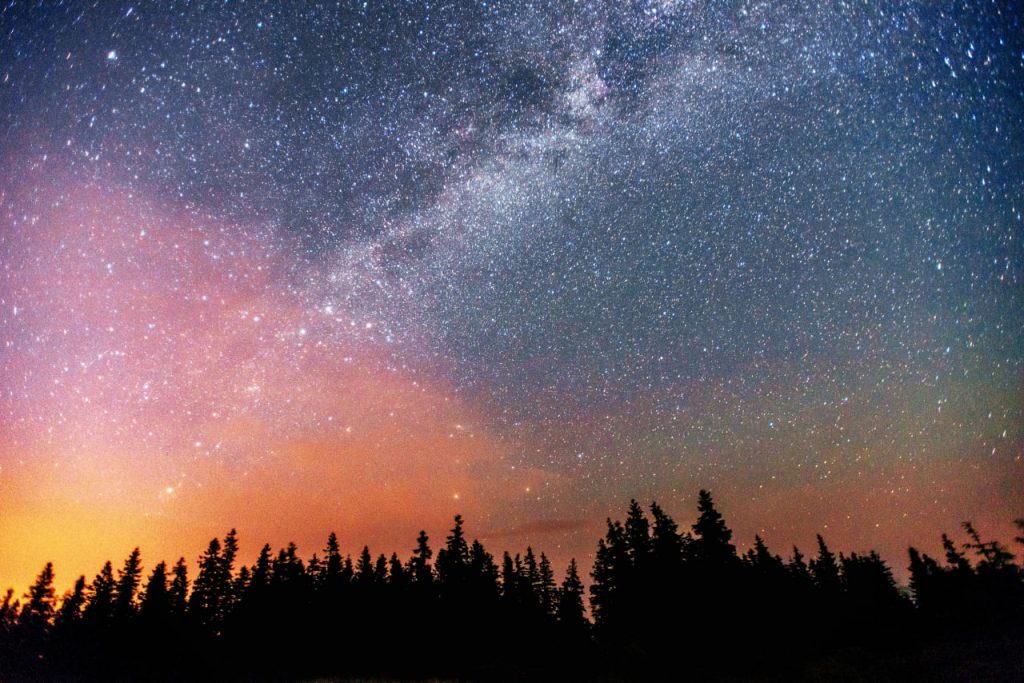Stars are the building blocks of the universe, illuminating galaxies and shaping the cosmic environment. But just like living beings, stars have a life cycle—they are born, they evolve, and eventually, they die. The journey of a star is determined by its mass, leading to vastly different fates, from white dwarfs to supernovae and even black holes.
Birth: The Formation of a Star
Stars begin their lives in vast clouds of gas and dust called nebulae. These regions, often referred to as stellar nurseries, contain the raw materials necessary for star formation. When a section of a nebula becomes dense enough due to gravity, it begins to collapse, forming a protostar. As the protostar continues to gather mass, its temperature and pressure rise. If the core reaches about 10 million degrees Celsius, nuclear fusion ignites—hydrogen atoms start fusing into helium, releasing immense energy. At this point, the protostar becomes a main-sequence star, the stage in which it will spend most of its life.
Main Sequence: Stability and Energy Production
The majority of a star’s life is spent in the main sequence phase, where the outward pressure from nuclear fusion balances the inward pull of gravity. Our Sun, for example, is in this phase, steadily converting hydrogen into helium. More massive stars burn hotter and brighter but have shorter lifespans—some only last a few million years, while smaller stars, like red dwarfs, can live for trillions of years.
The Fate of Low-Mass and High-Mass Stars
When a star exhausts its hydrogen fuel, what happens next depends on its mass.
- Low-mass stars (like our Sun) expand into red giants as their outer layers swell. Eventually, they shed their outer layers, forming a planetary nebula, while the core remains as a dense white dwarf—a glowing ember that will slowly fade over billions of years.
- Massive stars, however, go through a more dramatic transformation. Once they burn through heavier elements like helium, carbon, and oxygen, they reach a critical point where fusion can no longer support them. Their cores collapse under gravity, triggering a supernova explosion. The remains of the core may become a neutron star or, if massive enough, a black hole.
The Universe Recycles: The Role of Supernovae
Supernovae are among the most powerful events in the universe, releasing immense energy and scattering elements like carbon, oxygen, and iron into space—elements essential for the formation of planets and even life. The remnants of these explosions mix with nebulae, seeding the next generation of stars.
From their birth in nebulae to their explosive or quiet deaths, stars play a crucial role in shaping galaxies and creating the elements that make up everything around us. Each star tells a story of the universe’s past, and by studying them, we uncover the secrets of cosmic evolution.

